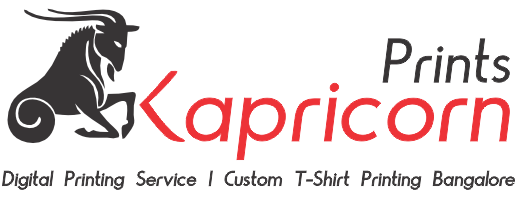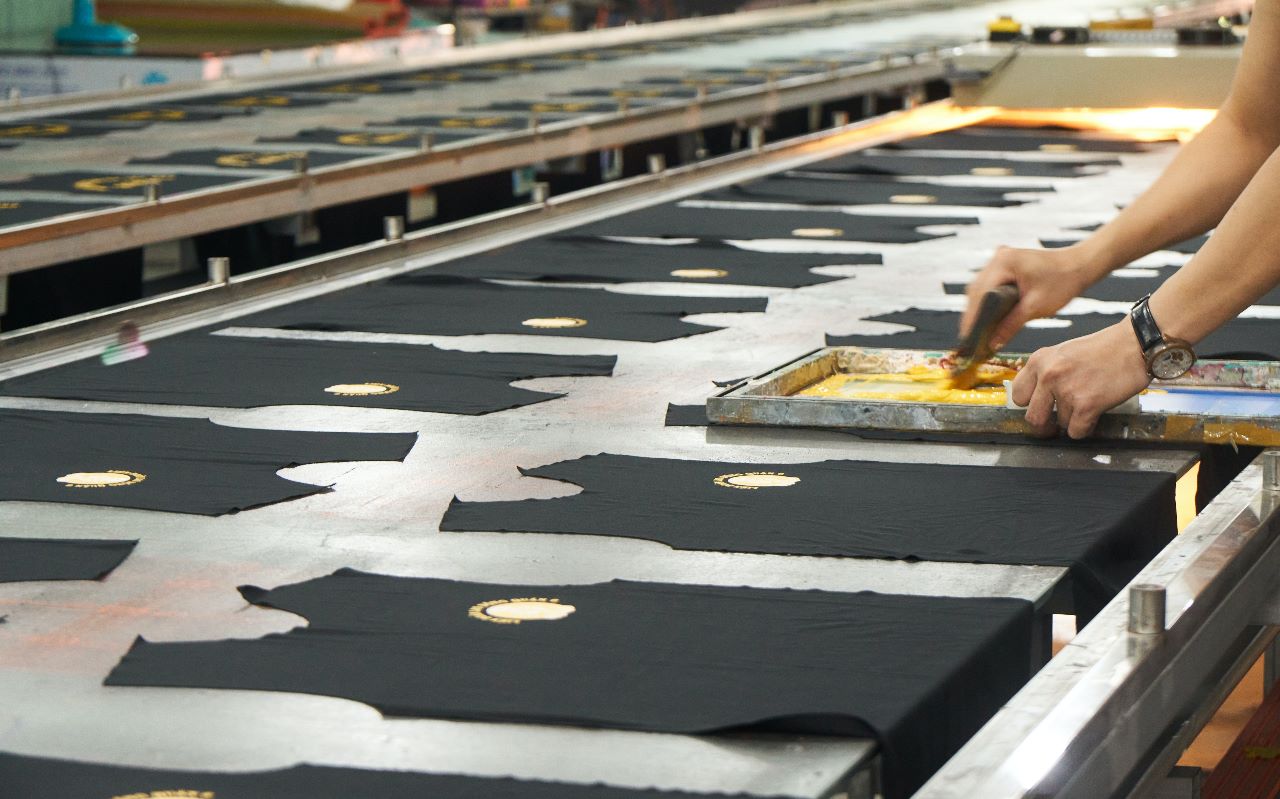Screen Printing: A Flexible and Practical Printing Strategy
Screen printing is a broadly utilized printing method that includes the exchange of ink onto a surface through a cross section screen utilizing a stencil. This strategy is known for its flexibility and cost-viability, going with it a famous decision in various businesses.
Making the Stencil: The Most vital Phase in Printing
The screen printing process begins with the making of a stencil, which is normally produced using a cross section screen that has been covered with a photosensitive emulsion. The emulsion is then presented to light, which makes it solidify and make a stencil that is utilized to move the ink onto the material.
Moving the Ink: How Printing Works
When the stencil has been made, it is set onto the outer layer of the material that is being printed. Ink is then applied to the screen and pushed through the stencil utilizing a wiper, making a fresh and clear picture on the material.
Benefits of Screen Printing: Energetic, Durable Prints and Flexibility
One of the primary benefits of screen printing is its capacity to create energetic and dependable prints that are impervious to blurring and stripping. This settles on it a well known decision for imprinting on clothing and special items that will be worn or utilized much of the time.
It is likewise a savvy choice for printing enormous amounts of things, as the expense per unit diminishes as the amount increments. This goes with it an ideal decision for organizations and associations hoping to deliver stock or limited time things in mass.
Notwithstanding its flexibility, and it can be utilized to print on a great many materials, including materials, plastics, paper, and metal. This settles on it a well known decision for different applications, from printing shirts and banners to making bundling and marks for items.
Customization Choices: Making One of a kind and Eye-Getting Plans
One more benefit of screen printing is its customization choices. With the capacity to utilize an extensive variety of ink tones and print on various materials, organizations and associations can make interesting and eye-getting plans that stand apart from the group.
Determination: Screen Printing is a Dependable and Powerful Decision
All in all, it is a flexible and practical printing technique that offers a scope of advantages, including the capacity to deliver lively and dependable prints, flexibility in imprinting on various materials, and customization choices to make exceptional and eye-getting plans. Whether you’re printing clothing, limited time items, or bundling, screen printing is a solid and compelling decision.
Screen Printing: A Versatile Method for Printing on Various Materials
Screen printing is a widely used printing method that involves transferring ink onto a surface through a mesh screen using a stencil. This technique is versatile and can be used to print on a wide range of materials. Here are some of the materials that can be printed using screen printing:
1. Textiles
Screen printing is widely used in the textile industry to create designs on t-shirts, hoodies, jackets, and other apparel. The technique allows for vibrant and long-lasting prints that are resistant to fading and peeling.
2. Plastics
Screen printing can be used to print on a variety of plastic materials, including PVC, PET, and polycarbonate. It is commonly used to create labels, signs, and displays.
3. Paper
Screen printing is also used to print on paper products such as posters, flyers, and packaging. It is a cost-effective option for producing large quantities of printed materials.
4. Metal
Screen printing is a popular method for printing on metal products such as cans, bottles, and metal signs. The ink used in screen printing is able to adhere well to metal surfaces, resulting in long-lasting prints.
5. Glass
Screen printing can be used to print on glass products such as bottles, jars, and glassware. The technique allows for precise and detailed prints that are durable and long-lasting.
6. Ceramics
Screen printing is commonly used to print on ceramics such as mugs, plates, and bowls. The ink used in screen printing is able to withstand high temperatures, making it ideal for printing on ceramic materials.
7. Wood
Screen printing can be used to print on a variety of wood products, including signs, furniture, and decorative items. The ink used in screen printing is able to penetrate the wood surface, resulting in long-lasting prints.
In conclusion, screen printing is a versatile method for printing on various materials. It is widely used in industries such as apparel, advertising, and packaging to create vibrant and long-lasting prints. With the ability to print on materials such as textiles, plastics, paper, metal, glass, ceramics, and wood, screen printing offers businesses and organizations a reliable and effective option for producing high-quality printed materials.


